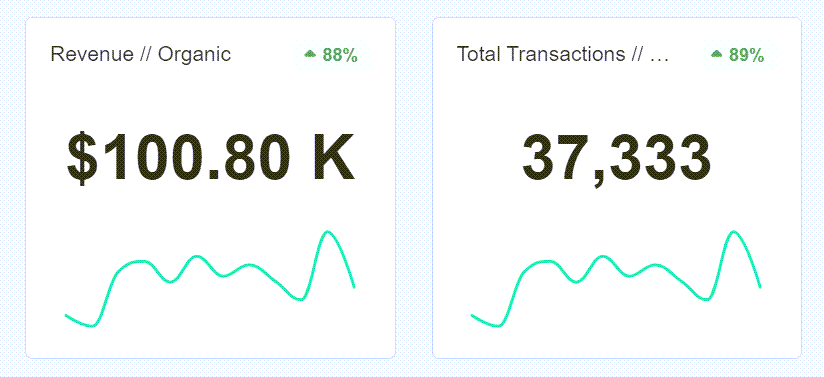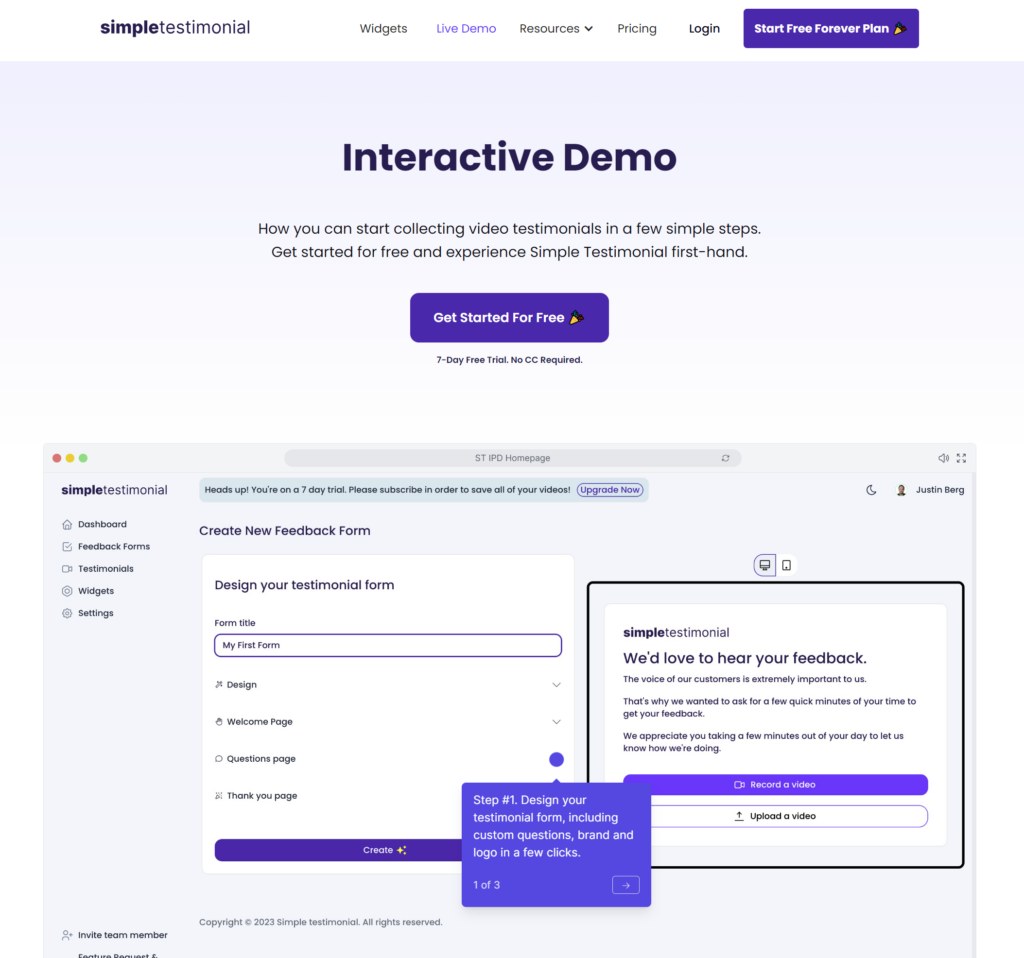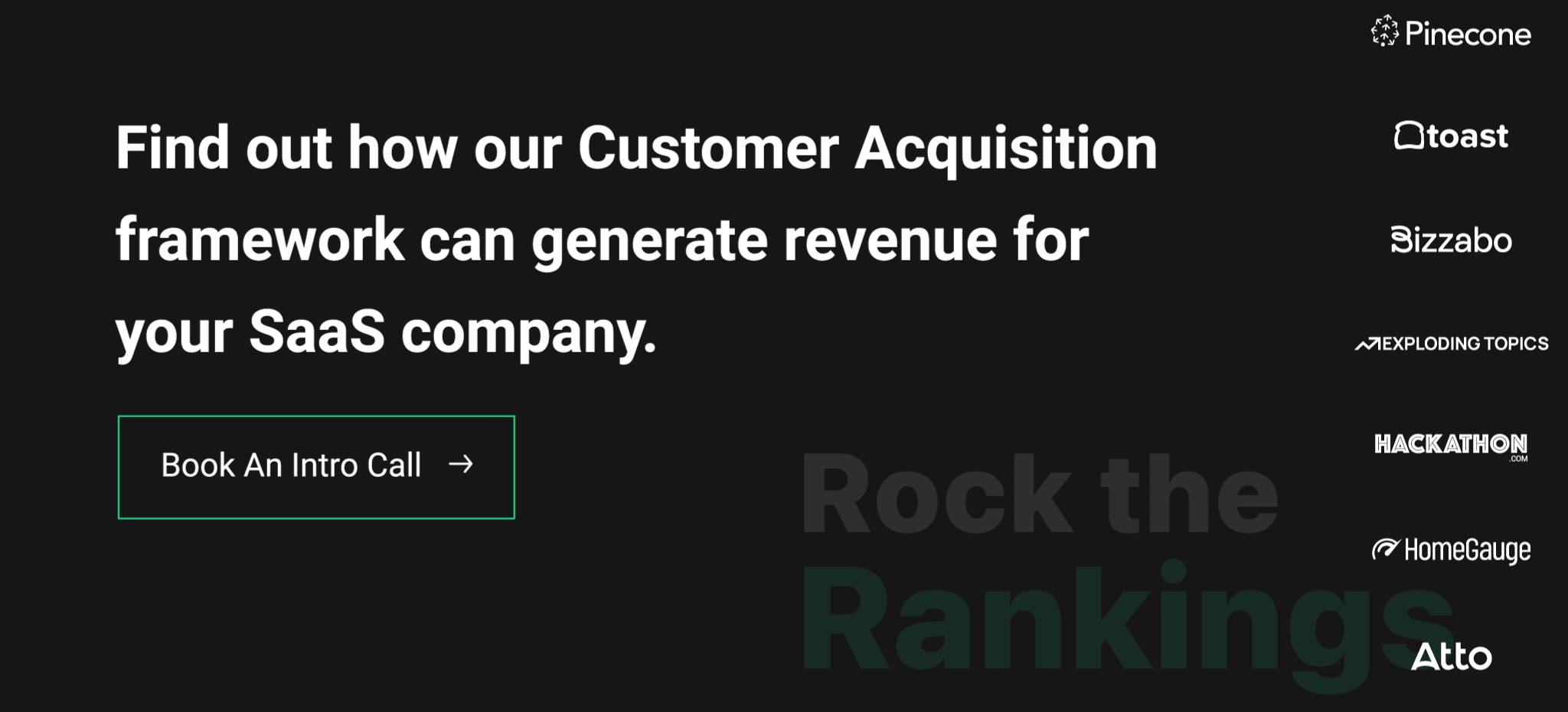Getting right-fit visitors to your website is only half of the challenge.
The second challenge, and where it gets real?
Actually converting those visitors into demos and trial signups.
This is the sticking point where many SaaS marketers struggle and rather focus on simply adding more traffic, where conversion rate optimization could go a long way to have a direct revenue impact, without the need for more traffic.
In this article, we’ll dive into the specifics of CRO for SaaS, and a simple framework to begin the optimization process to drive more trials and demo requests with your current traffic.
Conversion Rate Optimization (CRO) is a systematic process aimed at increasing the percentage of website visitors who perform a desired action on a web page or within a web application.
Looking at CRO from the marketing website perspective, the desired actions for SaaS businesses will generally include:
CRO involves gathering and analyzing data to understand user behavior, how they interact with a website or application, and identifying factors hindering the conversion process.

This information is then used to formulate hypotheses and design experiments to test these hypotheses, ultimately leading to data-driven decisions that improve conversions.
To optimize conversion rates, generally you’ll be looking at:
In a SaaS, CRO is particularly crucial due to the subscription-based nature of the business model, and is often overlooked by many marketers.
The need to consistently add more traffic and visitors to the website, vs. optimizing for the existing traffic and improving conversions is too often overlooked.
As for many businesses, acquiring new customers is significantly more expensive than retaining existing ones, making retention a high priority for SaaS companies.
Additionally, the Pareto Principle suggests that the majority of revenue comes from a small percentage of customers, making it vital for SaaS companies to optimize conversions and grow their user base.
CRO in SaaS focuses on two main areas:
The conversion rate for a SaaS business refers to the percentage of users who transition from casual visitors to free trial users or paying customers.
There are three primary conversion rate categories in SaaS businesses: free trial conversion rate, freemium to paid conversion rate, and demo to paid conversion rate.
A significant portion of SaaS companies offer free trials.
Businesses offering free trials should consider the following as optimal conversion rates:
As you climb up the pricing and ACV ladder, the % of free trial to signups will begin to diminish.
But for the vast majority of SaaS businesses, this is a good starting benchmark to take into consideration and aim for overall.
This conversion type is the second most prevalent among SaaS websites, wherein users can access a limited version of the service without charge.
The limitations include either the features or the usage frequency.

On average, freemium conversion rates fall between 1-10%, depending on the product offered. Therefore, rates above 10% are perceived as good.
The least common conversion type in SaaS businesses involves users signing up for a product demo before becoming a paying customer.
Typically, demo conversion rates range from 2-3%, varying by the industry and the product pricing.
Conversion rates above 3% are considered excellent.
Here are the 5 tips we have to start optimizing the current conversion rates for your product.
Giving users the opportunity to try your product for free is a highly effective way to attract potential customers to sign up, and actually use the product first.
Ensure their experience is seamless by implementing these suggestions:
Leveraging interactive product demos to trigger that “Aha” moment can also be beneficial with a free trial offer.

We’re big fans of Supademo (we use them over at SimpleTestimonial) for building out product demos that help convert more website visitors into free trials.
To effectively drive conversions on a SaaS website, it is crucial to clearly articulate and promote your unique value proposition (UVP), as it sets your business apart from competitors.
To achieve this, consider the following:
Focusing in on your USP and clearly driving that home will help your users better understand what sets your product apart from the competition.
One of the big choke points for many SaaS businesses is their pricing page.
The pricing page is a core page during the user’s journey, and the cost of your product will come up at some point.
Further Reading: SaaS Pricing Page Best Practice
To enhance the efficiency of your subscription-based pricing plans and assist users in selecting the best option, implement the following:
Optimizing your pricing page and running A/B testing here should be one of the core pages you focus on when it comes to driving more conversions.
Enhancing your onboarding process is crucial for ensuring customer success and retention.
The following methods can help you create an effective and engaging user onboarding experience:
And after onboarding is complete, don’t forget the support component.
Provide comprehensive customer support through live chat, chatbots, FAQs, and “contact us” options.
Users will need support and help using your product – and it’s crucial to be there for them.
Uncovering and resolving hidden issues on your website is crucial for enhancing user experience and boosting conversion rates and sales.
These less visible issues may include:
Addressing these problems can have significant positive effects on your website’s performance.
Further Reading: SaaS Website Design Framework
By focusing on improving the website experience for all visitors, you can effectively reduce friction and encourage site visitors to explore your product pages, click on CTA buttons, and complete the checkout process.
Fixing hidden website issues is key to retaining traffic and converting visitors into loyal customers.
More is not always better, and the same goes for traffic to your website.
By focusing on converting more visitors into trials and demos, vs. putting all of your efforts into adding more traffic – you can in theory squeeze the most out of all of your past and recent marketing efforts and drive a higher number of users closer to becoming paying customers.
Need help figuring out how to convert more of your existing visitors into demos and trials?
Book a free consultation below, and we’ll take a look at your current setup, and where you’re trying to go to give you the best path forward for achieving higher conversion rates.

Founder of Rock The Rankings, an SEO partner that helps B2B SaaS brands crush their organic growth goals. An avid fan of tennis, and growing micro-SaaS businesses on the weekend. 2x SaaS Co-Founder – Currently working to build and scale Simple Testimonial.
Book a 1-on-1 call with our founder and walk away with a custom plan built for your business. Growth starts now.
BOOK INTRO CALL